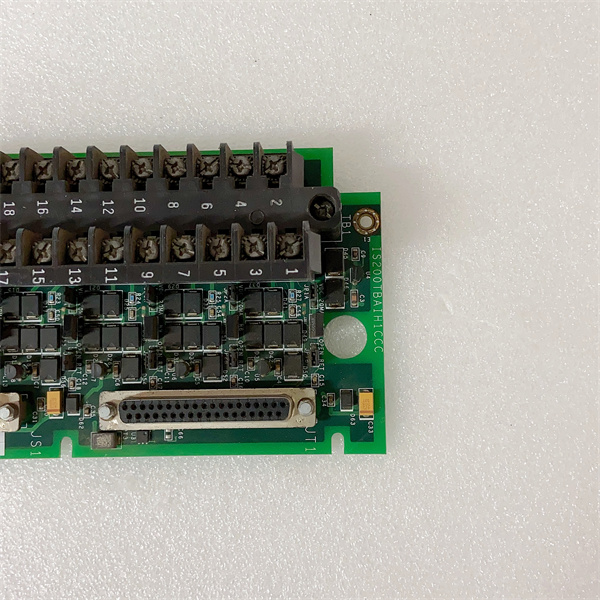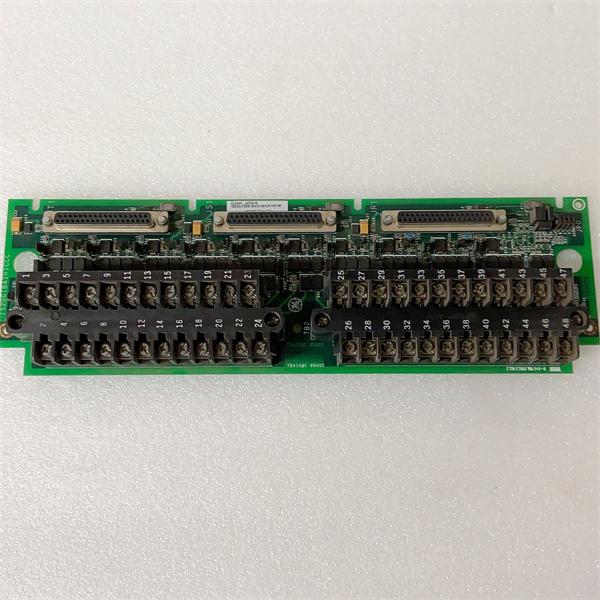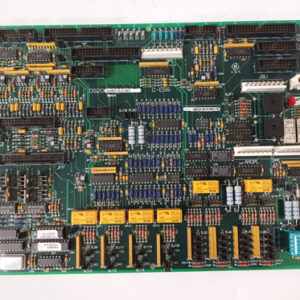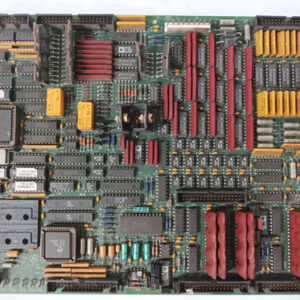الوصف
The GE DS4815PSSB is a Data Acquisition System (DAS) Memory Card for the Mark V Speedtronic turbine control system. It’s a specialized card that serves as a dedicated memory repository for all critical operational data, event logs, and historical trends for diagnostic and analysis purposes. It is a revised version of the DS4815PSSA module.
Technical Breakdown 🧠
This module is a crucial component for gathering and storing the operational history of the turbine.
- DAS Function: The Data Acquisition System collects a wide array of data from the turbine’s sensors and control loops. The
DS4815PSSBacts as a high-capacity memory repository for this data. It works in conjunction with the main processors to record parameters like temperatures, pressures, vibration levels, and valve positions at high speed. - High-Speed Logging: The module is designed for high-speed data logging, which is essential for capturing events leading up to a turbine trip or fault. By storing data in a first-in, first-out (FIFO) buffer, engineers can later analyze the “sequence of events” to diagnose the root cause of an issue.
- Data Management: As part of the larger data management system, this card acts as a buffer and a repository. The data stored on the card can be retrieved by other systems, such as the operator interface or a plant historian, for real-time display and long-term analysis.
Applications 🏭
The DS4815PSSB is a key component in Mark V control panels for:
- Post-Trip Analysis: Providing the data necessary to analyze the events leading to a turbine shutdown, aiding in root cause analysis.
- Historical Trending: Storing historical data for long-term trending of turbine performance, which is crucial for predictive maintenance.
- System Diagnostics: Furnishing the information required for a comprehensive diagnostic review of the turbine’s health and operational history.




 +86 15340683922
+86 15340683922 +86 15340683922
+86 15340683922

